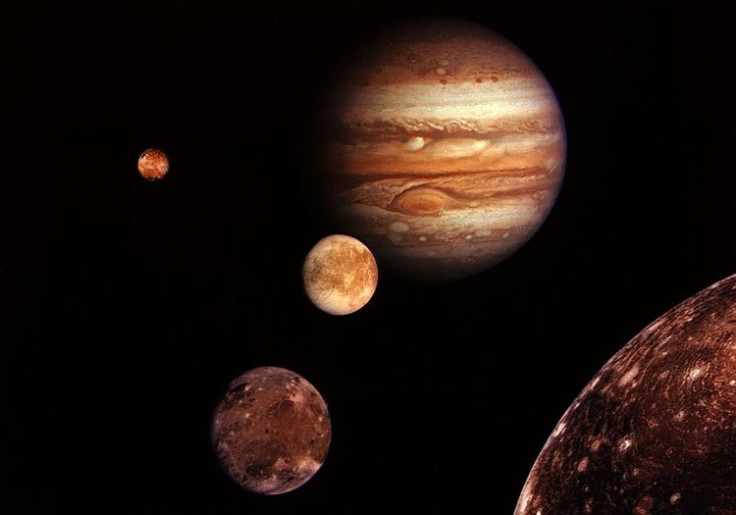Asteroids and Large Planets Cause 'Snow Globe' Effect Within Solar System

Asteroid belts cause disturbance within the solar system in the same way as a "snow globe", it has been revealed.
Researchers at the Harvard-Smithsonian Center for Astrophysics have unveiled a study on the riotous history of the solar system.
According to the study, giant planets migrated in and out of the solar system, dispersing debris far and wide. Clues to this unruly past come from the asteroid belt.
Francesca DeMeo, a Hubble postdoctoral fellow at the Harvard-Smithsonian Center for Astrophysics, said: "We found that the giant planets shook up the asteroids like flakes in a snow globe."
The main asteroid belt is comprised of millions of minor planets, circling the Sun between the orbits of Jupiter and Mars. Originally, it was thought the asteroids were parts of a planet that was prevented from fully forming because of the gravity surrounding Jupiter and its orbit.
In the early days of the solar system, giant planets migrated inwards and outwards, potentially moving Jupiter closer to the sun, in the area where Mars in currently located. This process wiped the asteroid belt free of debris, leaving around 1% of its original population.
The planets stirred the solar system, moving objects from around the sun and Neptune all into the main asteroid belt. The belt, as a result, is a collection of objects from all over.
The composition of thousands of asteroids examined using date from the Sloan Digital Sky Survey, confirmed the asteroids were an amalgamation of different objects.
It is believed that asteroids striking Earth delivered the water now filling the planet's oceans and seas. If this is true, the movement of the migrating planets may have been fundamental in bringing the asteroids to Earth.
As a result, the issue of other Earth-like planets comes to light. An exoplanet with similar qualities to Earth may require a shower of asteroids to bring water and make it habitable, which may make habitable planets even rarer than initially thought.
© Copyright IBTimes 2025. All rights reserved.






















